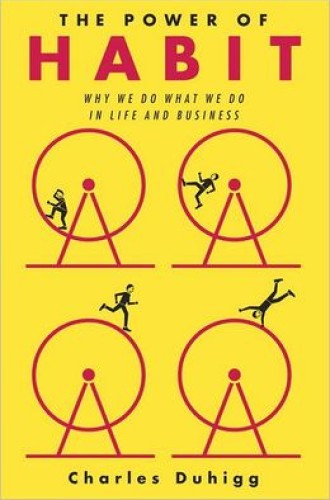The Power of Habit, by Charles Duhigg
In 2002, with the publication of The Tipping Point: How Little Things Can Make a Big Difference, Malcolm Gladwell sparked enormous popular interest in brain science. Later, his wonderfully titled and well-written Blink: The Power of Thinking Without Thinking (2007) established the field of brain science for popular audiences and became the standard primer on the brain’s plasticity.
Many other interesting books have appeared in this emerging genre, combining vast scientific data with the sort of popular, narrative-driven exposition perfected by Gladwell. Two of the most popular recently have been Imagine: How Creativity Works, by Jonah Lehrer, and The Power of Habit: Why We Do What We Do in Life and Business, by Charles Duhigg. Both are filled with intriguing stories and personalities, and both entertainingly introduce general readers to scientific data. They also represent the worst and the best of this genre, respectively.
Representing the worst, Imagine came in for very strong criticism almost immediately upon publication for its simplifications and some dubious conclusions. Isaac Chotiner of the New Republic called “almost everything” in the lead narrative of the book—a biographical sketch of Bob Dylan and an account of the composition of his greatest song, “Like a Rolling Stone”—“inaccurate, misleading, or simplistic.” As a Dylan aficionado myself, I concur.





